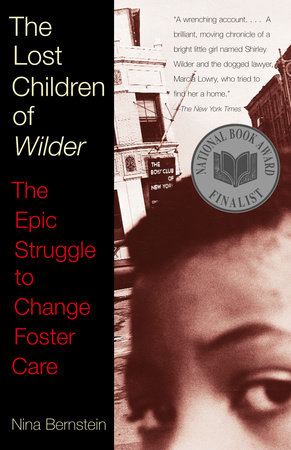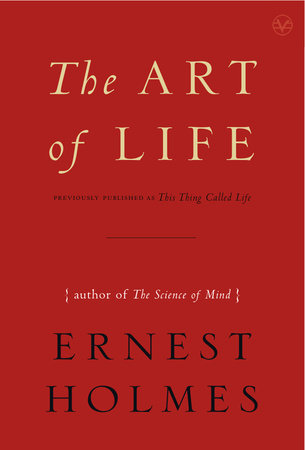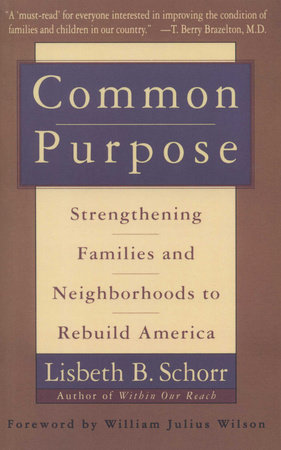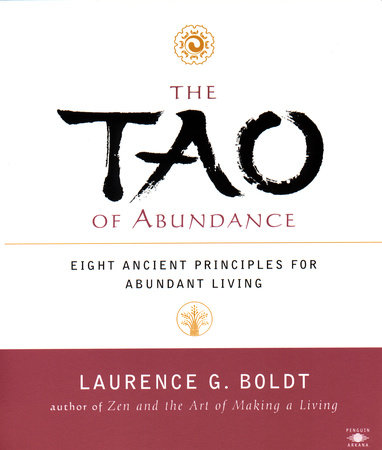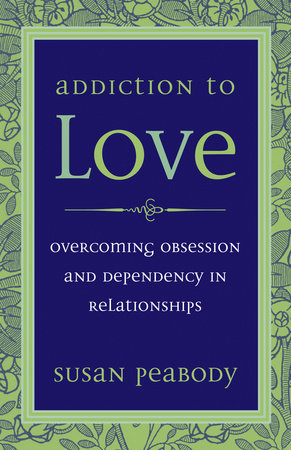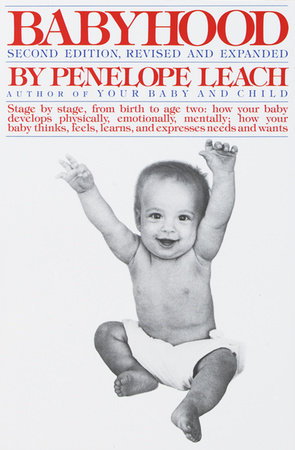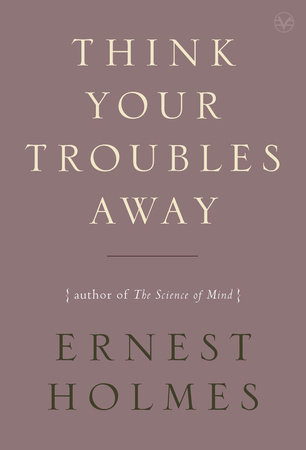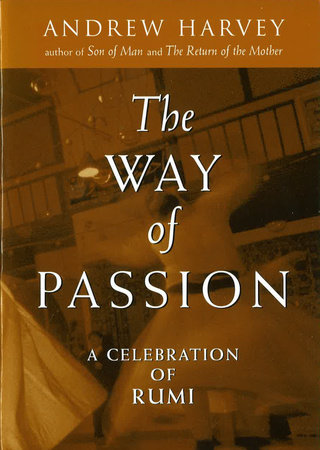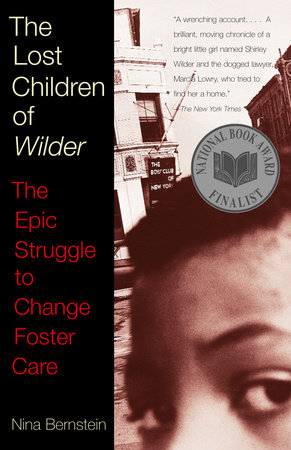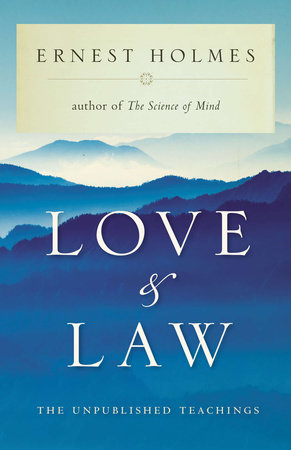Author Q&A
A conversation with Nina Bernstein,
author of THE LOST CHILDREN OF WILDER:
Q:You started The Lost Children of Wilder nearly 8 years ago. When did you first hear of the Wilder case, and what prompted you to write a book about it?
A:I can’t remember when I first heard the name of the case, but in 1990, when I was researching a newspaper article on problems in New York City foster care, I went to the lawyer who had been litigating it for years, Marcia Robinson Lowry, and asked to read the legal history. There, buried in the stack of documents, was a fact that haunted me: Shirley Wilder, 13 years old when the class action lawsuit was filed in 1973, had given birth to a son the following year and had placed him in foster care. I wanted to know what had happened to that baby. I was convinced that his story, which had been unfolding in secret while the lawsuit was being waged in court and at city hall, would be an extraordinary window on the foster care system, and on a passionate legal crusade to fix it.
As a reporter I had written about foster care on and off in different states for about as long as the Wilder case had been in court, and had been frustrated that overall, the problems these children faced just seemed to be redefined by reform movements, rather than solved. I wanted to dig deeper for the reasons. I couldn’t actually start the project until 1993, when Shirley turned up again and asked Lowry, and then me, to help find her lost son, Lamont. Once I began, the human drama in this case, its many layers of history, politics and legal conflict, and its enduring relevance, all compelled me to write this book.
Q:Since 1973, when attorney Marcia Lowry first filed suit on behalf of Shirley Wilder and 5 other children who suffered at the hands of the foster care system, there have been enormous changes–both positive and negative–in the system. Where do things stand now? What do you foresee in the future?
A:Unfortunately, both in New York and nationwide, the system still hurts many of the children it is supposed to help. Today well over half a million children in the U.S. are in foster care, 34,831 of them in New York City. That’s more than double the number in 1982, when Lamont turned 8. Like Lamont, thousands nationally are legal orphans — that is, they have been permanently cut off from their own parents, but they have not yet been adopted, and many never will be. On average these kids are between 7 and 8 now, and almost two-thirds are black or Hispanic. They have been waiting in foster care since they were 3 or 4, typically shuttled from one caregiver to another, just like Lamont.
On the other hand, many children who entered the child welfare system in the 1980s during the crack epidemic are now aging out, and the extra influx triggered by a few notorious child abuse deaths has subsided. Once again, as in the 1970s, there’s the sense of a real chance to do better. The new reform movement is mainly shaped by a 1997 federal law intended to boost adoptions, which was supported by Hilary Clinton, among others. The problem is that while the number of adoptions has risen, the number of children legally orphaned has grown even faster.
I expect the overall numbers in care to begin to fall nationally, as they have in New York City, (the peak was 49,000 children in care in 1992 and the low was 16,000 in 1983), but in the absence of systemic change, the next cycle may be far worse. Whatever the successes of the welfare overhaul of 1996, it has only been tested in a good economy. For the first time since the New Deal of the 1930s, federal law makes no guarantee of basic economic support to children living in their own families. But it does still mandate efforts to protect children from maltreatment, and it guarantees financial support for poor children placed in out-of-home care. That means the next real economic downturn could bring a flood tide of children into the system.
Q:The privately run, religious organizations (primarily Jewish and Catholic groups) held much of the power in New York’s child welfare system. One result was that children like Shirley Wilder — black, Protestant kids in dire need of a loving home — either were left to suffer without intervention, or were sent by default to dangerous shelters and harsh reformatories. What policies are now in place to prevent these discriminations?
A:After litigating the case for fifteen years, Lowry won a court decree establishing the principle that every child, no matter what his race or creed, should have an equal shot at the best the system had to offer. But the court battles for enforcement dragged on for years. Religious and racial discrimination had been the woof and weave of the city’s foster care system for more than a century, with a tangle of far-reaching effects.
Just the filing of Wilder had a dramatic impact, because by challenging existing arrangements on constitutional grounds, the case made them newly visible, propelling some public officials and agency board members to make changes. And the demographics of need kept shifting. By 1990, poor children in New York City were so overwhelmingly children of color that old-line foster care agencies could hardly give priority to white children of their own religion and hope to stay in business. New African-American and Hispanic-run agencies had arisen, too. But Lowry’s real goal had been to make the system better for all children, and the system was worse than ever. Children were being shuttled through dozens of different placements in a single month. Brothers and sisters were wrenched apart; babies were left for months on hospital wards for lack of homes. And, it turned out, African-American caseworkers were sorting children by skin shade and hair texture, with lighter kids more likely to get a better placement. Bottom line, as the number of children needing care soared, agencies automatically began to pick and choose the most "desirable."
There’s been some improvement since Wilder was filed. Part of the credit may go to policies adopted by the city under pressure from Wilder and other lawsuits, but history suggests the main reason is simply that the number of children in care in New York City has been declining again — something we can’t count on to last.
Q:Shirley’s son Lamont was smart, friendly and adorable, but he became part of the same destructive child welfare system as his mother. Where did you find Lamont? How did he feel about his childhood? And how is he doing now?
A:When I first met Lamont he was in a group home for teenagers in the Bronx, aging out of the system he had entered as a newborn. He knew almost nothing about his mother and his father and he yearned to find them. He was unaware of the lawsuit that bore his name. And he told me that the only emotion he had really learned how to feel was anger. "Growing up without a family leaves you kind of without an identity," he said. "In the system, you just feel like a number. And when you leave, somebody else gets your number."
I was able to reconstruct what had happened and to find many of the people involved. There were no real villains, and yet as one expert told me, if evil people had set out to destroy this child, they could hardly have devised a better plan. Partly because reformers were pushing for more adoptions in the late 1970s–as they are now–five-year-old Lamont was abruptly removed from his first foster mother, a loving Hispanic woman who was going through a divorce, and was sent to Minnesota to be adopted by a white couple. But that family changed their minds within a year, and as his feelings of grief and confusion erupted, a second white family gave up on him, too. Not quite 7 years old, he was labeled unadoptable and shipped back to New York.
Lamont’s meeting with Shirley in 1993 was bittersweet, and it triggered an identity crisis that showed both his vulnerability and his resilience. Later, like many young adults leaving foster care, he suffered bouts of homelessness. Today the barbershop where he works is more like home than any of the rented rooms he has occupied. But his efforts to be a real father to his own young son have been cut short, and he has reason to fear that his little boy is at high risk of going into the system, too.
Q:When the Wilder case was originally filed, it was met with great criticism from the city’s Special Services for Children, and the Council of Voluntary Child Caring Agencies (the umbrella group for all private foster care agencies). Considering that the worst places for children were being operated directly by the city or the state, and that Lowry herself said that Jewish and Catholic programs were better, many people felt her lawsuit was hypocritical. Do you agree?
A:I don’t believe Lowry was being hypocritical, or, as some said, that her goal was to secularize the system at any cost. But I can sympathize with the hurt, angry feelings of people in the religious agencies, many of whom had dedicated their lives at low pay to caring for needy children. To them it seemed obvious that the religious dimension and autonomy of their programs was what made them better, yet those features were just what Lowry’s lawsuit seemed to threaten. On the other hand, consider that even after Shirley Wilder became a mother at 14, her pleas for birth control were denied by the co-ed Catholic institution that had finally accepted her, and she was threatened with expulsion.
Today the idea of giving more public money and responsibility to private, religious social service agencies is increasingly popular in the United States across the political spectrum. I don’t think we’ve faced up to the problems involved. In foster care, the whole history of the Wilder case shows that no matter how well-intentioned workers and donors, conflicts of interest develop between the children, who need a family to call their own; the agencies, which gain financial and political clout by keeping their beds filled; and the public officials who are supposed to keep the agencies accountable, but often need the support of the agencies’ constituents in the next election.
Q:Today, some would-be reformers say that the answer to the problems of foster care is a revival of the orphanage. Newt Gingrich and Charles Murray, for example, have argued that institutions offer more stability and discipline than either foster families or an upbringing on public assistance. What do you think?
A:I think this is an example of the historical amnesia that leads us to reinvent failed solutions. The harmful psychological and medical effects of institutions on babies and toddlers are well documented, of course. And as group homes, residential treatment centers and shelters, modern-day orphanages are already part of what we call foster care–the most expensive part. Lamont himself spent the balance of his childhood in such a place when he returned to New York — Astor Home, a Catholic residential treatment center in Rhinebeck, New York, for children up to 12. His experiences underline that children in such institutions have an emotionally-damaging succession of paid caregivers, not a "home." Sexual abuse and other kinds of maltreatment are endemic problems; at Astor Home, the senior psychologist during Lamont’s stay was convicted of molesting small boys in his care. And when children outgrow the institution, where do they go? Lamont was sent back to the city to a group home where he was derided as a country boy groomed by white people. He says he felt like a baby animal that had been declawed, then thrown back into the jungle.
There will always be some children who cannot be cared for by their own parents. It seems to me the challenge is first to keep that number as low as possible with policies that nurture all families, and then to do right by the children who need an alternative. But there is an iron rule operating in American social welfare policy: conditions must be worse for the dependent poor than they are for anyone who works. The less acknowledged corollary is that the subsidized care of other people’s children must be undesirable enough, or scarce enough, to play a role in this system of deterrence. And widening inequality sharpens the contradictions between policies that punish the so-called undeserving poor, and pledges to help all needy children.
The question now is what happens to Shirley Wilder’s grandson. When his mother applied for food stamps and Medicaid for him two years ago, she was turned away–illegally–in the name of welfare reform. More recently Lamont spent the night in jail for failing to pay $1,500 in child support arrears–an impossible sum for him on his wages. "My mommy put my daddy in jail," the 5-year-old boy yelled in class the next day, becoming so upset and disruptive that school officials threatened to call in child protection workers, who are operating under a policy that favors removals: "When in doubt, take them out." Does he enter the same cycle as his father and grandmother?
Q:The Wilder case had obvious repercussions in the New York child welfare system; can you explain the national impact of the case?
A:Wilder was the first federal class action lawsuit to try to overhaul a foster care system. Other suits followed around the country, several of the most ambitious brought by Lowry herself. Cases have been settled or decided in Massachussetts, Maryland, Connecticut, the District of Columbia, Kansas City, New Mexico, Alabama, Louisiana, Los Angeles, Illinois, Cincinatti, Louisville and Arkansas, and are pending in several other states. There is disagreement over the effectiveness of this kind of litigation, but at its best it has been one of the few ways to bring systematic attention and funding to the plight of these children, who have no political power at all. It is also one of the only ways to pierce the system’s confidentiality.
Q:Where is Marcia Lowry now? What about Carol Sherman?
A:Marcia Lowry now directs Children’s Rights Inc., the national legal advocacy organization that she founded in 1995. She lives in Chappaqua, New York, with her husband and teenaged son, and litigates class action lawsuits against child welfare systems around the country. In New York she is as controversial a figure as ever, attacked by child welfare officials like Nicholas Scoppetta, who complains that litigation diverts time and resources better spent in other ways, and also by some other public interest lawyers. They were especially angered by her latest settlement, in Marisol v. Giuliani, which included a moratorium on children’s class action lawsuits against the city until the end of 2001.
Carol Sherman rose to head of Legal Aid Society’s Juvenile Rights Division, and three years ago left to found and run the Children’s Law Center, a non-profit, government-funded law firm in Brooklyn that represents children in Family Court. So she, too, is still fighting for children like Shirley Wilder.
